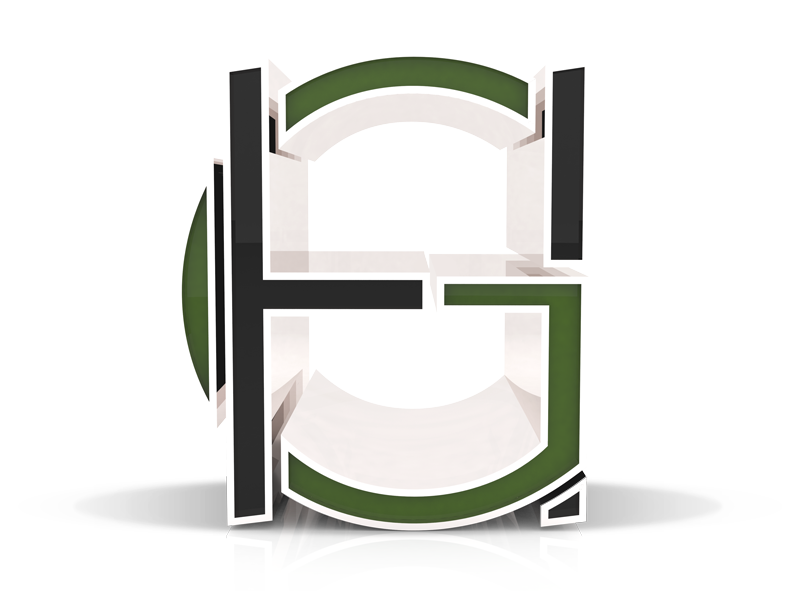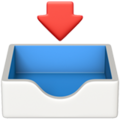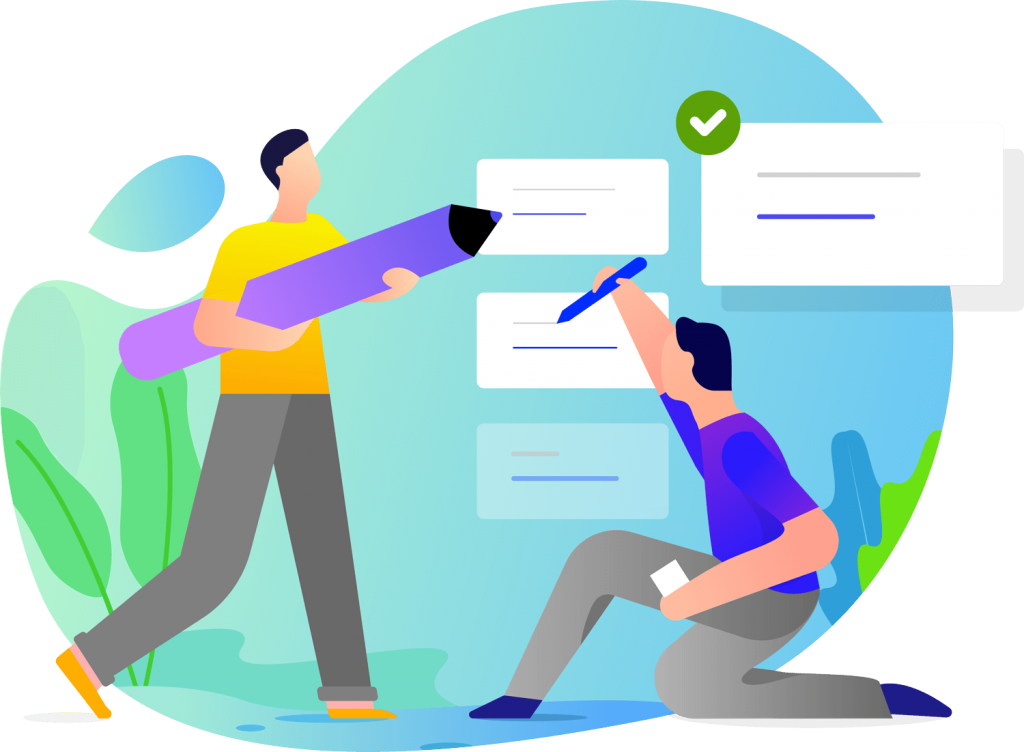For businesses, having a website is the cornerstone of online marketing because it enables businesses to convey the value of their goods and products. In addition, having a website makes it possible to collect the crucial data needed to launch an effective marketing campaign. However, if your site has the most common website glitches, then you will not reap the aforementioned benefits. In this article, we discuss some of the most common website errors and their solutions.

Feel free to continue reading below or watch the video version below from Our YouTube Channel.
Table of Contents
TogglePoor Visual Design
A poor visual design or outdated homepage is the biggest turn-off to visitors. Some of the common problems include bad color choices or a poorly design logo. In some cases, your homepage may look bad because it’s outdated. Updating a website may cost money, but it’s worth it.
Bad Code as Cause of Website Glitches
Designing a professional website needs a lot of coding, especially if you need more features and functions. Websites with messy code can cause lots of issues. For instance, a bad code affects the functionality and the ranking of your site by search engines. Some of the most common code problems include incorrect robot.txt files, lack of sitemaps, use of many subfolders in URL strings, and several 404 errors and redirects.
Slow Upload Speed as cause of Website Glitches
Sites that take time to load are annoying to visitors. Moreover, major search engines like Google penalize slow websites when ranking them. One of the most common causes of a slow site is large images. Using CMS systems that automatically resizes your images is proposed as one of the major solutions.
Broken Links
Links that don’t work are broken and cannot redirect visitors to another page of your site or a page within your site. Clicking on a broken link often generates a 404 error which is an indication that the page couldn’t be found. This frustrates visitors and portrays your brand in a negative light. People don’t trust a website with errors or the quality of information it provides.
Some of the most common solutions to broken links is canonicalization and non-specific page titles. Canonization assists search engines in consolidating URL attributes into one head page element. Using specific page titles and descriptions is important for search engines. Page descriptions provide visitors with a sneak preview of what your site is all about. Pages without titles and descriptions that accurately convey the message in nutshell are less likely to receive clicks.
Failure to Include SEO
Good SEO practices help your site to rank on search engines making it easy for visitors to find. Including effective copywriting is also crucial because it helps popularize your website. Using relevant keywords is the most effective technique when it comes to ranking your site on popular search engines. The key factors to consider for best SEO practices include:
- Adding image to the hero section and text that describes the nature of your business. It should be short and catchy.
- Including keywords you want to rank in the headings especially H1 on the homepage.
- Keep the text in the homepage short and it should contain only essential information.
- Have a clear description of the product or service your offering.
There’re many other website errors that can interfere with the performance of your site. Contact us at de Haro Group to help you fix glitches on your site that are interfering with your ranking and advertising campaigns.




